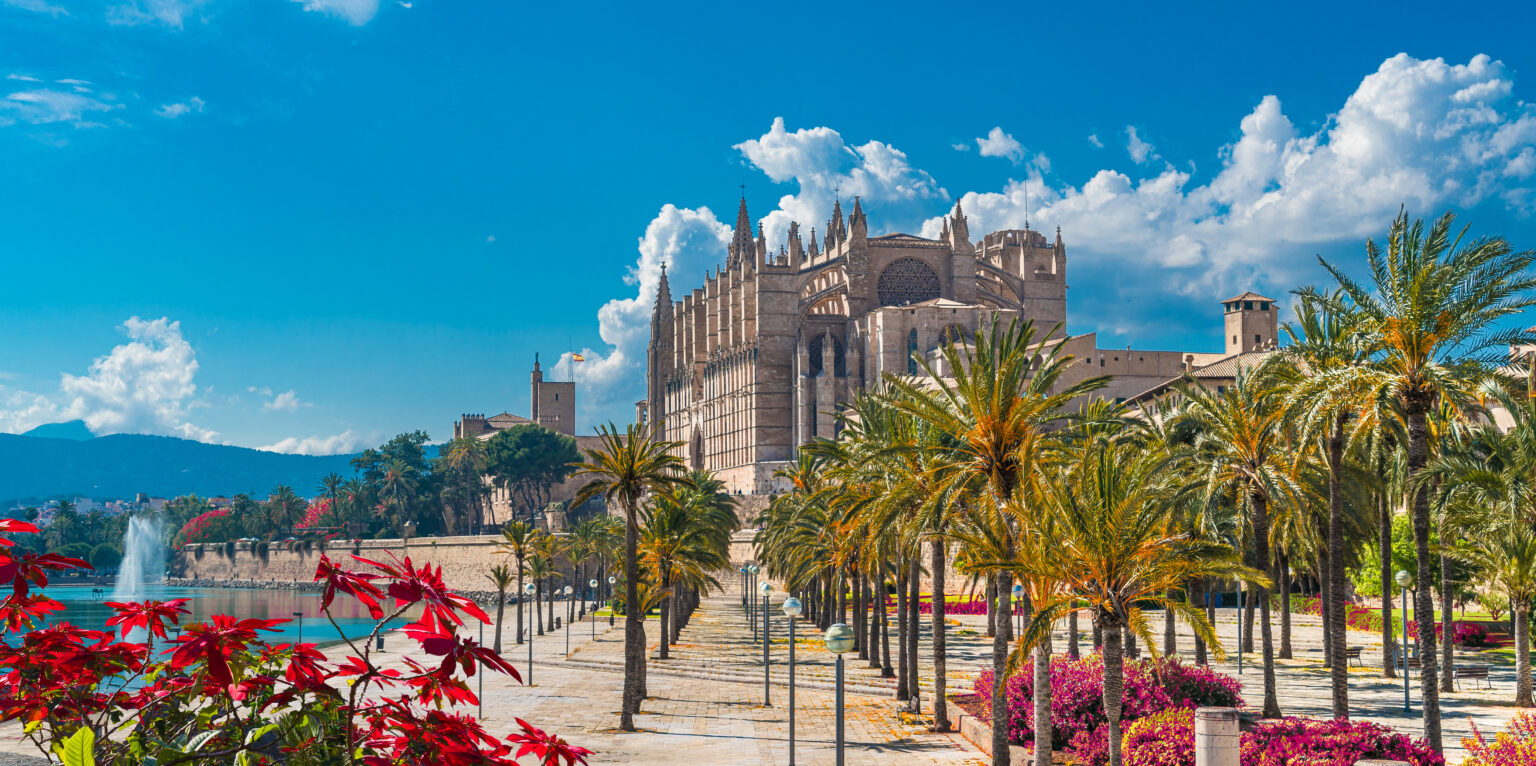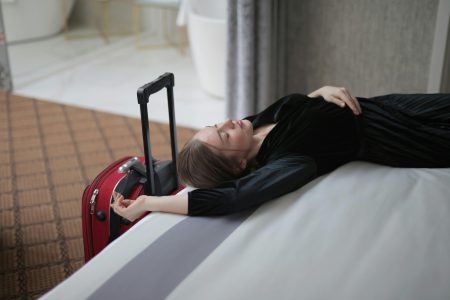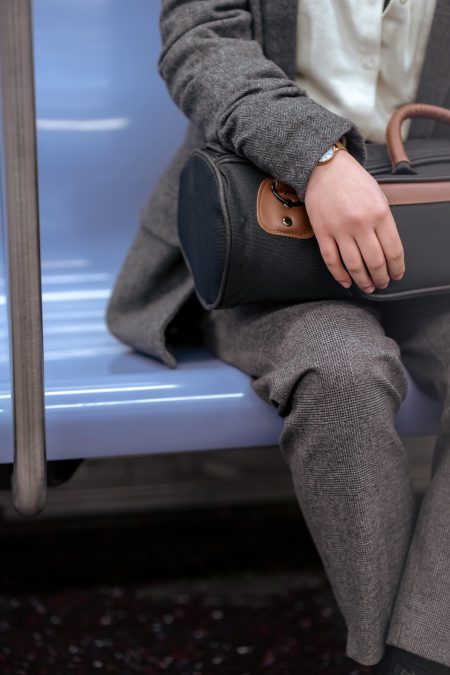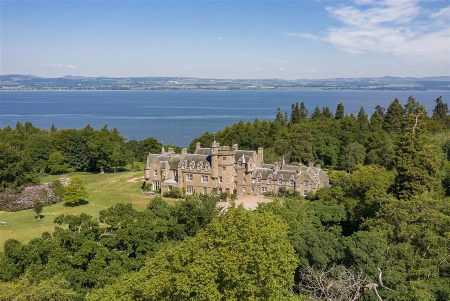Are you looking for a destination that combines stunning architecture, rich history, and a vibrant food scene? Look no further than Palma de Mallorca. This city, located on the stunning Mediterranean coast, boasts a plethora of attractions that will leave you breathless.
From the Gothic cathedral that dominates the skyline to the honey-colored stone palaces and botanical gardens, Palma de Mallorca is a city that begs to be explored on foot. And with 300 days of sunshine and glorious beaches just a short distance away, there’s no shortage of reasons to visit this enticing city. Our first-time guide to Palma de Mallorca will give you a taste of what’s in store, but you’re sure to discover your own treasures along the way.

When to Go to Palma de Mallorca
Palma de Mallorca is a year-round destination, and the best time to visit depends on your preferences and budget. Each season has its own advantages, and it’s up to you to decide which one suits you best.
If you’re looking for pleasant weather, fewer crowds, and lower prices, spring and autumn are the best times to go. During these seasons, temperatures range between 20°C (68°F) and 25°C (77°F), making it perfect for outdoor activities and exploration. Additionally, you can enjoy cultural events such as the PalmaVela regatta, Semana Santa (Easter) parades in April, and Nit de l’Art in September, which features street art and late-night gallery visits.
Summer is the high season in Palma de Mallorca, and temperatures can reach up to 35°C (95°F). Expect large crowds and high prices during this time, so it’s recommended to book your flights and accommodations in advance. If you’re traveling during the July and August school holidays, you may want to escape to the surrounding beaches and beach clubs to cool off in the Mediterranean Sea. Summer is also a time for fiestas, with DJ-spun parties, starlit cinema nights, and pumping festivals. The most significant events to look out for are the Mallorca Live music festival in nearby Calvià in June and the Nit de Foc in Palma de Mallorca, which features fireworks, bonfires, gigs, and devils and demons tearing through Parc de la Mar by the cathedral.
Winter in Palma de Mallorca is relatively mild, with temperatures hovering around 18°C (64°F). While many businesses close down during this season, Palma remains lively, with lots of cultural events and festivities. You can enjoy the Christmas market on Plaça Major in December, the high-spirited partying, flaming pyres, and fireworks at Fiesta Sant Sebastián in January, and the flamboyant pre-Lenten carnival parades at Sa Rueta and Sa Rua.

How Much Time Should You Spend in Palma de Mallorca?
Palma de Mallorca is a city that can be explored in just a few days, but to truly experience the essence of the city, you should plan to spend at least a week. With five days, you can explore the city center, visit the Gothic cathedral, stroll along the Renaissance-era sea walls, and discover hidden gems like the Moorish backstreets, historic patio courtyards, gardens, and cafe-rimmed plaças.
However, if you have a week or more, you can also take day trips to the surrounding areas. You can ride a vintage train through the citrus orchards and ragged limestone peaks of the Serra de Tramuntana to Sóller, or drive (by car or bus) the rollercoaster MA-10 to the ochre-colored hill towns of the north, like the stunningly beautiful Deià. You can also relax on the beaches in the Badia de Palma.
To help you plan your itinerary, here is a breakdown of how much time you should spend in each area:
| Duration | Activities |
|---|---|
| 2-3 days | Explore the city center, visit the Gothic cathedral, stroll along the sea walls, and discover hidden gems in the Moorish backstreets, historic patio courtyards, gardens, and cafe-rimmed plaças. |
| 1-2 days | Take a vintage train ride to Sóller, drive (by car or bus) the rollercoaster MA-10 to the hill towns of the north, or relax on the beaches in the Badia de Palma. |
Overall, Palma de Mallorca is a city that offers a unique blend of history, culture, and natural beauty. Whether you have a few days or a week, you can experience the best of what this city has to offer.

How to Get Around Palma de Mallorca
Getting around Palma de Mallorca is easy and convenient. The city is well-connected to major European destinations, with regular direct flights to 134 locations. Palma’s airport is the third largest in Spain and is served by many budget airlines and car rental agencies.
If you prefer to travel by sea, Baleària and Trasmediterránea offer ferry services to Palma from mainland Spain and other Balearic islands. The views of the Gothic cathedral rising up above the sea are incredible, making it a memorable way to arrive.
The EMT bus service is reliable and inexpensive, connecting the airport, port, and surrounding towns and beaches. However, central Palma is compact enough to explore on foot, and the old town’s historic alleys and plazas can only be fully appreciated by walking.
Parking can be difficult, and cycle lanes are prevalent, so renting a bike or e-bike with Palma on Bike or a vintage Vespa with Vintage Motors is an enjoyable way to explore the city and nearby beaches. The coastal bike path between Palma’s port and S’Arenal is also a great way to travel to nearby beaches.
Overall, Palma de Mallorca is a city that is easy to navigate, whether you choose to travel by air, sea, bus, or on foot.
Top Things to Do in Palma de Mallorca
Palma de Mallorca has a plethora of activities and sights to offer its visitors. Here are some of the top things to do in this beautiful city:

Visit the Gothic Cathedral
The Gothic Cathedral of Palma de Mallorca is a must-see attraction. It is an impressive structure with soaring pinnacles and flying buttresses made of golden stone. The cathedral is unmissable and is Europe’s largest rose window. You can witness the morning light stream through the window and cast rainbow patterns across the vaulted interior. Climbing up to the roof terraces for a closer look is also recommended.

Explore the Historic Sa Calatrava Quarter
The Gothic Cathedral is a great starting point to explore the historic Sa Calatrava quarter of Palma. The quarter is alley-woven and has medieval streets lined with aristocratic townhouses, looming churches, and palm-shaded gardens. The Gothic Basílica de Sant Francesc is also a must-visit attraction.

Discover Art at Es Baluard and Museu Fundación Juan March
Art lovers will be impressed with the permanent collection of works by Miró, Barceló, and Picasso at Es Baluard. The museum is built into the fortifications of the city’s 16th-century sea walls. The Museu Fundación Juan March is another great museum that showcases contemporary masterpieces of the Miró, Picasso, Dalí, and Eduardo Chillida ilk. The museum is lodged in a beautiful 17th-century mansion.

Experience the Food Scene
Palma de Mallorca’s food scene has become increasingly exciting and is one to watch. The Mercat de l’Olivar is a great place to graze on island produce such as cheese, fish, meat, fruit and veg, plump olives, and wafer-thin jamón serrano. The market is also a great place to try tapas and oysters. The Michelin-starred March Fosh is another great place to experience the city’s food scene. The restaurant is located in a former 17th-century convent and puts imaginative riffs on clean, bright Balearic flavors.
Shop Local
If you’re looking to shop local, Palma de Mallorca has some great spots to check out. The city has five favorite spots to shop local, and they are all worth a visit.
Palma de Mallorca is a city that slowly works its magic when you dip down an alley, wander along the sea walls in the blue dusk, or kick back at a cafe with no plan whatsoever. With so much to see and do, you’ll want to come back again and again.

Exploring the City
Palma de Mallorca is a city that has something to offer for everyone. If you are an early bird, you can witness the stunning view of the rose window at the catedral during sunrise. The first light dances on the sea, making it a moment to remember. You can take a run along the waterfront, through the fountain-splashed Parc de la Mar, and along the Renaissance ramparts, Dalt Murada. It is an ideal way to appreciate the Gothic grandeur and ochre-stone beauty of the cathedral while everyone is still asleep.
After your morning run, you can enjoy a delicious breakfast at the time-warp bakery-cafe Ca’n Joan de s’Aigo, located in Carrer Can Sanç. You can try the famous cortado (espresso topped with warm milk) and ensaïmada (Mallorca’s featherlight, snail-shaped pastry).
Palma’s rich history and laid-back beat make it an ideal place to explore. One of the best ways to spend a couple of hours is by wandering through the tightly packed alleys in the old Moorish quarter. You can dive into lanes like Carrer de la Portella, Carrer de la Puresa, and Carrer de Ca’n Angluda to alight upon hidden courtyards with ornately carved stonework, columns, and foliage. The Jardí del Bisbe is an ideal place to escape from the crowds amid palm, pomegranate, and citrus trees. The Banys Àrabs baths and gardens recall the island’s fascinating Muslim heritage.
Overall, Palma de Mallorca is a city that will leave you mesmerized with its stunning beauty and rich history.
How Much Money Do You Need for Palma de Mallorca?
Palma de Mallorca is a budget-friendly destination with a range of accommodation options and dining choices. The amount you spend largely depends on the type of trip you want to have. If you’re looking to save money, consider visiting during the low or shoulder seasons and opt for affordable accommodation options.

Accommodation options in Palma de Mallorca range from cheap hostels to five-star boutique hotels. A boutique hotel room for two people can cost around €200 per night, while a dorm bed in a hostel is available from €30 per night. Self-catering apartments are also available from €100 per night.
If you plan on exploring the city and its surroundings, renting a car is a good option. A small car can be rented for around €40 per day. Dining options in Palma de Mallorca vary from top restaurants to local bakeries. A dinner for two at a top restaurant can cost between €80-100, while grabbing breakfast from a local bakery can cost as little as €3.50 for coffee and an ensaïmada. For lunch, the menú del día (fixed lunch menu) is a great option, with three courses available for as little as €15-20.
Other expenses to consider include museum and gallery entrance fees, which usually cost around €6. Bus tickets to nearby towns and beaches are available for €2-5, while bike rentals cost around €10 per day.
Overall, budgeting around €50-70 per day for food, accommodation, and transportation expenses should be sufficient for a budget-friendly trip to Palma de Mallorca.
Climb High
If you’re looking for breathtaking views of Palma, you’ll find them on the city’s rooftop terraces. From here, you can capture stunning photos of the city and the Mediterranean Sea, especially during sunset. If you’re up for a bit of exercise, climb the 280 steps to the rooftop of the cathedral and enjoy the panoramic views of the city and the blue waters of the Med.
For a more relaxed experience, head to one of the city’s rooftop bars. The Sky Bar at Hostal Cuba and Nakar rooftop bar are two popular options, where you can sip on expertly mixed cocktails while admiring the twinkling lights of the city and sea.

If you’re willing to venture outside of town, take a 30-minute bus ride to the Castell de Bellver, situated on a wooded hillside. From here, you can enjoy views of Palma, the Badia de Palma, and the sea.
Whether you prefer a more active or laid-back approach, Palma’s rooftop terraces and bars offer stunning views that are sure to take your breath away.
What to Bring When Visiting Palma de Mallorca
When packing for your trip to Palma de Mallorca, it’s important to keep in mind the casual island chic vibe of the city. Avoid over-packing and opt for light, floaty layers, linens, and flat shoes or sandals for walking on historic cobbles and strolling along the seafront. Don’t forget to bring swimwear and a towel for days spent at the playa, as well as a sunhat, sunglasses, and sunscreen to protect against the strong Mediterranean sun. In the cooler days of autumn and winter, it’s recommended to bring a warm fleece and waterproof jacket. With these essentials, you’ll be well-prepared for your visit to Palma de Mallorca.









